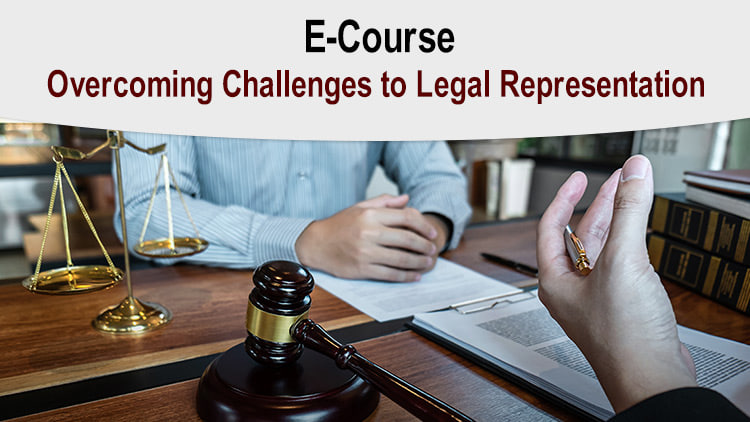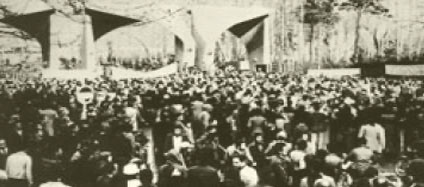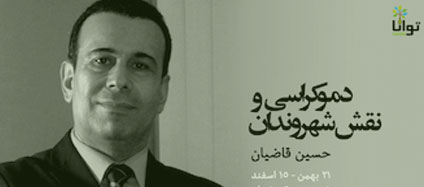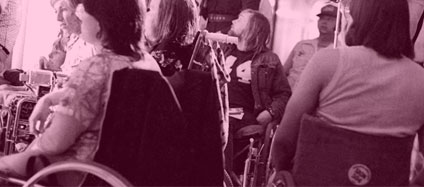In this session, students learn to identify the strengths and weaknesses of civic action during elections as well as the opportunities and threats that help or hinder plans for civic action in elections. After learning about the fundamental mechanisms of organizing effective and impactful civic action in various contexts, students examine how these mechanisms were implemented in three cases: the 1979 Revolution of Iran, the 1989 Tiananmen Square Uprising, (i.e. the unsuccessful cases), and the Eastern European Democratic Transition from Communism to Democracy in the 1990s (i.e. a successful case). Lastly, students focus on the challenges and opportunities that advocacy groups face in present day Iran, and study the types of leverages that can be utilized in fulfilling their demands. Overall, students learn how realistically issue-based demands can be attained in view of the vicious cycle of the electoral process, the duplicitous nature of Iranian elections, and poverty in Iran.
This session introduces issue-based advocacy in four sections. The session opens through a few introductory...







